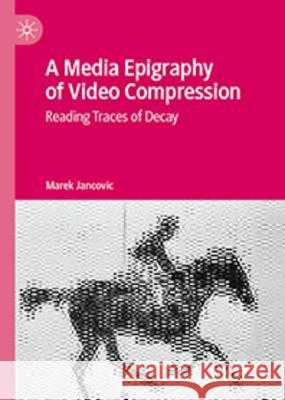A Media Epigraphy of Video Compression » książka
topmenu
A Media Epigraphy of Video Compression
ISBN-13: 9783031332142 / Angielski / Twarda / 2023
A Media Epigraphy of Video Compression
ISBN-13: 9783031332142 / Angielski / Twarda / 2023
cena 461,56 zł
(netto: 439,58 VAT: 5%)
Najniższa cena z 30 dni: 459,42 zł
(netto: 439,58 VAT: 5%)
Najniższa cena z 30 dni: 459,42 zł
Termin realizacji zamówienia:
ok. 20 dni roboczych.
ok. 20 dni roboczych.
Darmowa dostawa!
This book explores the historical interrelationships between mathematics, medicine and media, and offers a unique perspective on how video compression has shaped our relationship with moving images and the world. It situates compression in a network of technological, visual and epistemic practices spanning from late 18th-century computational methods to the standardization of electrical infrastructure and the development of neurology throughout the 1900s. Bringing into conversation media archaeology, science and technology studies, disability studies and queer theory, each chapter offers an in-depth look at a different trace of compression, such as interlacing, macroblocking or flicker. This is a story of forgotten technologies, unusual media practices, strange images on the margins of visual culture and inventive ways of looking at the world. Readers will find illuminating discussions of the formation of complex scientific and medical systems, and of the violent and pleasurable interactions between our bodies and media infrastructure.











